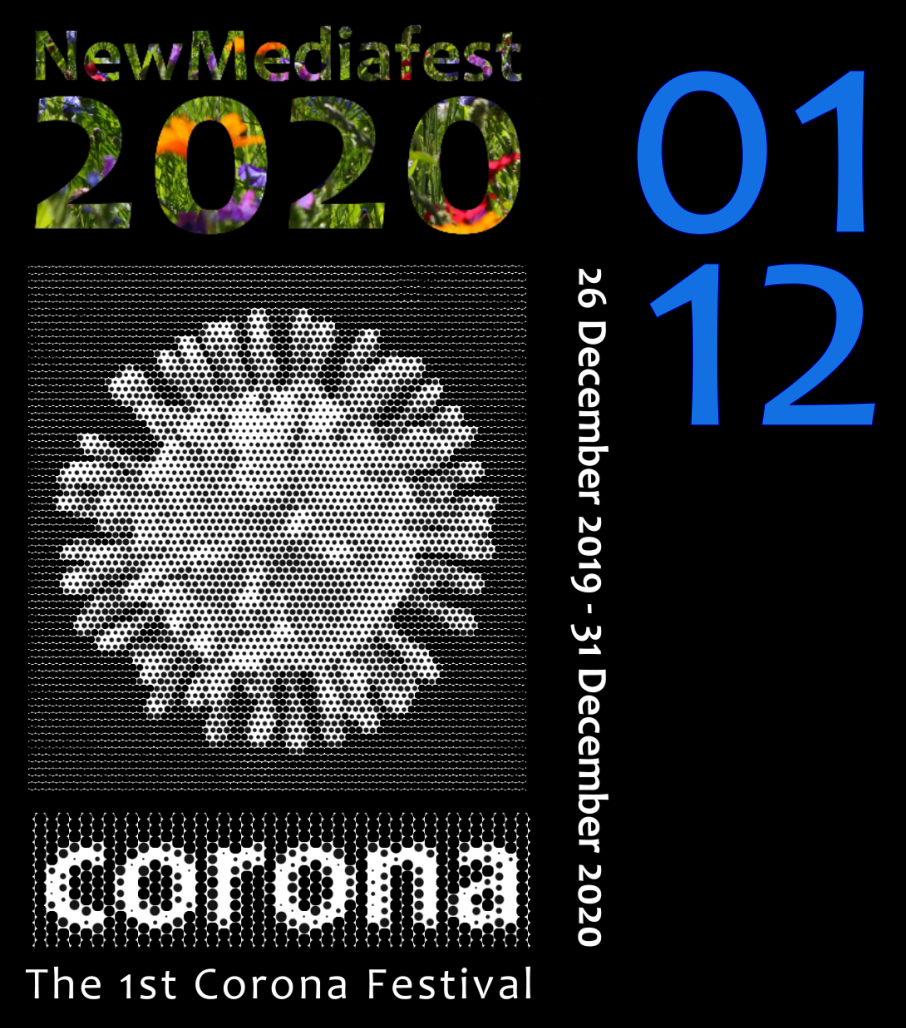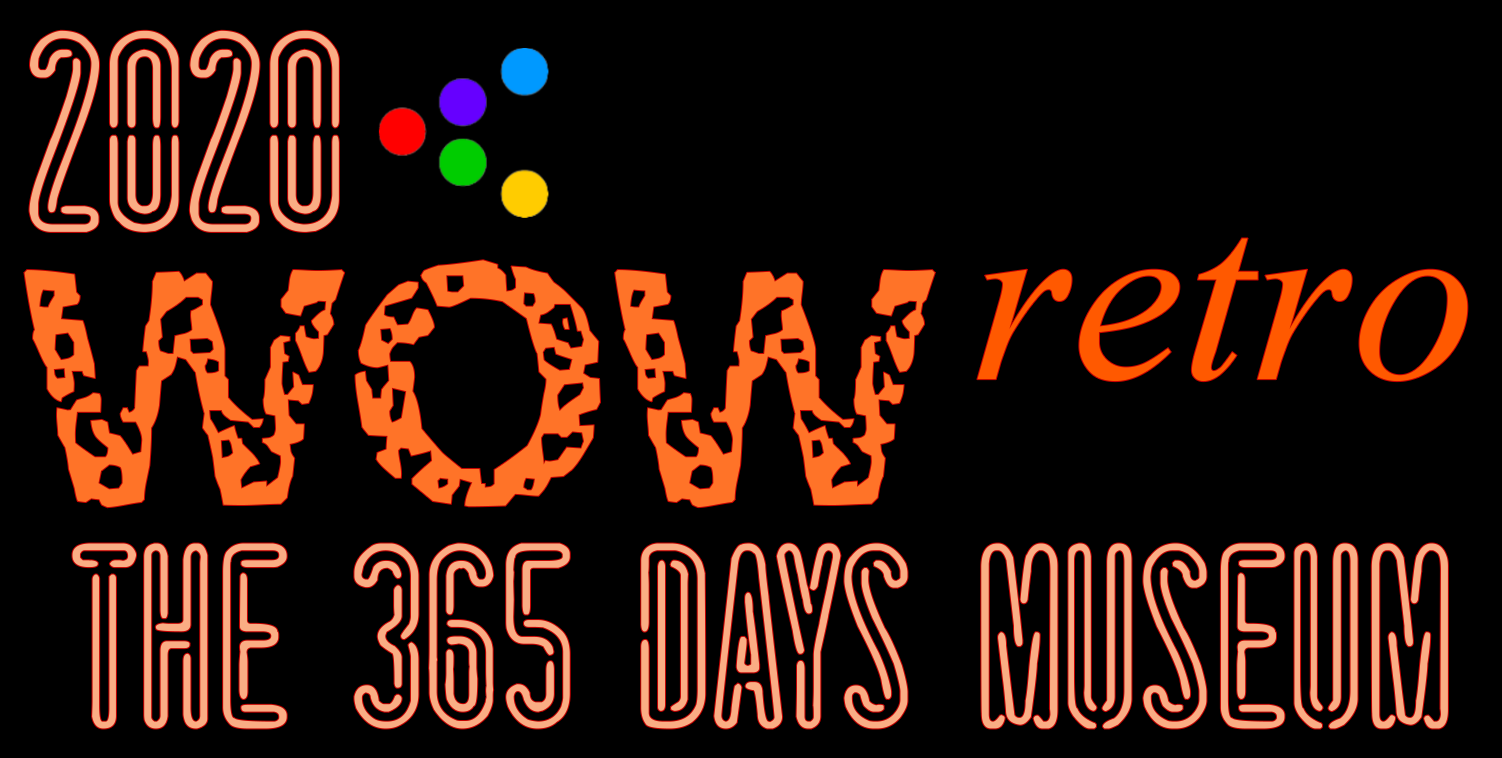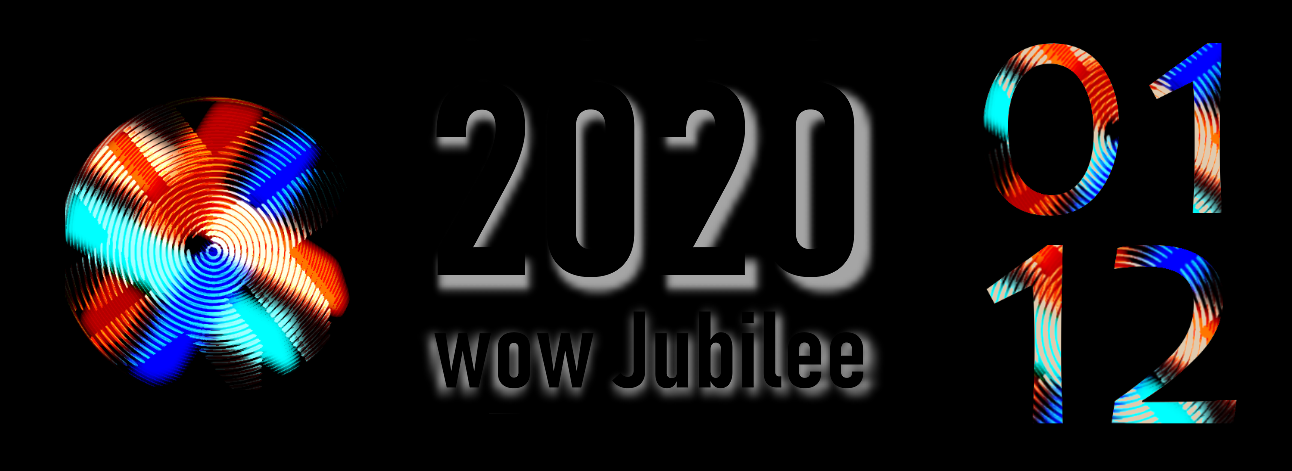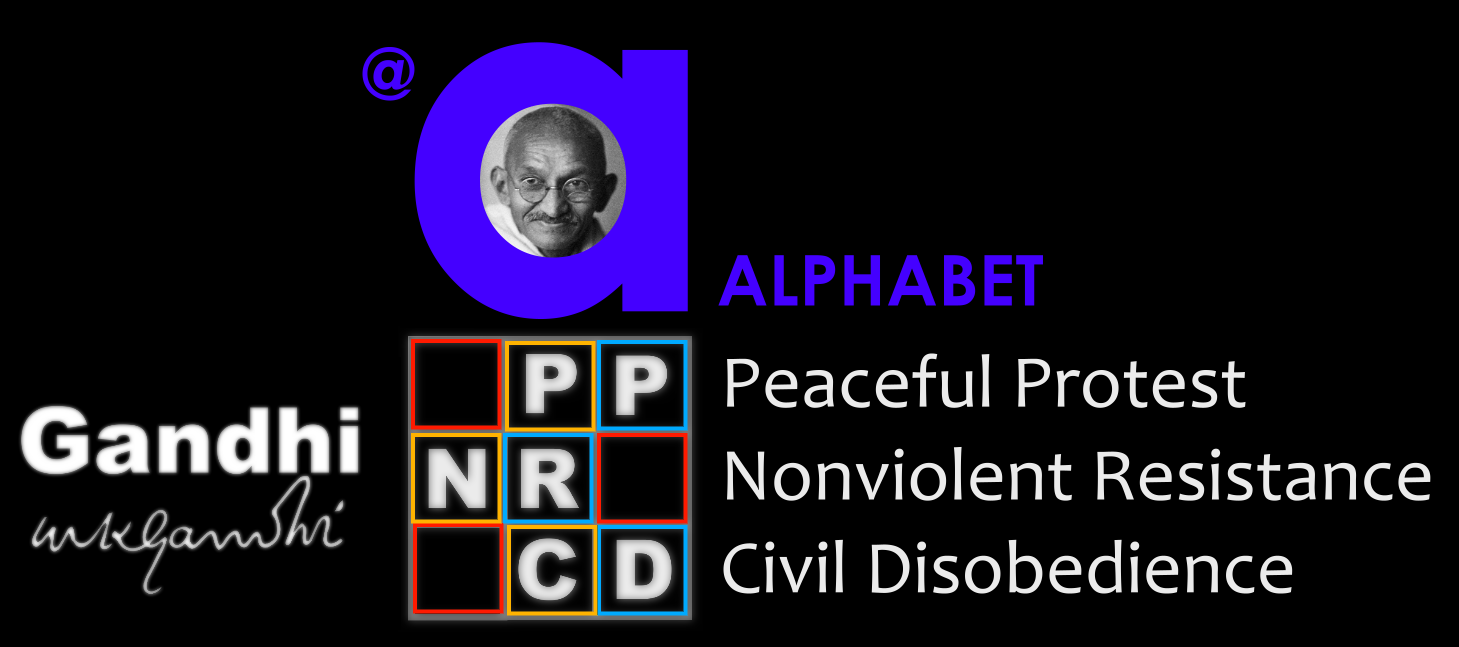Videoart feature
Shoah Film Collection 1

Today, 24 January 1995, Wilfried openes at 6.p.m the exhibition „1000 years, 50 years and still so terribly young” at Historical Archives of the City of Cologne. Dedicated to the victims of Holocaust, the project opening is standing in the context of the International Holocaust Remembrance Day 1995 – celebrating the 50th return of the liberation of the Concentration Camp of Auschwitz. Cologne is the 1st of 43 venues to follow in Poland, Czech Republik, Germany and Belgium.
Wilfried’s exhibition is the 1st of several projects forming in sequence the superordinated project – “A Living Memorial – Memorial project against the Forgetting, Rassism, Xenophobia and Antisemitism”.

How did Wilfried get the idea to work artistically on such a heavy and so little popular topic, at all?
Like explaining in the previous article, Wilfried had organised on 1-3 May 1991 the International ARCHA Conference in Görlitz on the topic “ The Situation of Culture and Art after the Fall of the Berlin Wall”, inviting cultural representatives from all over Europe to attend. Wilfried received countless invitations to visit places behind the former “Iron Curtain”, which had been separating Eastern (Communist dominated) and Western (Democratically based) Europe once.
 He visited realy many places in Poland, and by visiting the memorial sites of the Concentration Camps the Nazi Germany had been errected on Polish ground, among them Auschwitz, Majdanek, Stutthoff, Pawiak Prison in Warsaw, and the countryside in Southern, Eastern and Northern Poland. Here he realised for the 1st time the incredible dimension of what Hitler called once “The Final Solution” (Endlösung), which was meaning to exterminate the Jewish population not only in Germany, but entire Europe completely – causing a never ending shock, the more details Wilfried experienced with his own eyes.
He visited realy many places in Poland, and by visiting the memorial sites of the Concentration Camps the Nazi Germany had been errected on Polish ground, among them Auschwitz, Majdanek, Stutthoff, Pawiak Prison in Warsaw, and the countryside in Southern, Eastern and Northern Poland. Here he realised for the 1st time the incredible dimension of what Hitler called once “The Final Solution” (Endlösung), which was meaning to exterminate the Jewish population not only in Germany, but entire Europe completely – causing a never ending shock, the more details Wilfried experienced with his own eyes.
Like other Germans, born after World War II, Wilfried felt guilty of all the Nazi crimes, at least in this sense, that as a late born he had to take responsibly for the historical genocide and care, that the Holocaust never would happen again, not in Germany, nor any other country on the globe, and while he was visting in Eastern Poland the former settling area where Jews had been living for many centuries and now not any trace was left of the Jewish population, which had not been “just” a minority, but the majority of the local population, and then while walking through the gigantic area of the memorial site of MAjdanek, the 2nd largest concentration camp after Auschwitz, he got the idea how his personal contribution for a reconciliation between Germans and Jews and Germans and Polish people might look like – an art project dedicated to the victims of Holocaust.
When Wilfried told the director of Majdanek memorial camp about his ideas, he invited him to come Lublin whenever he would like to research, so Wilfried visited Lublin /Majdanek several times once even for two weeks, when he was spending his nights not in a comfortable hotel room, but in a very spartan guest room at one of the barracks on the ground of the former Concentration Camp, which however had to be stopped immediately after Wilfried had the strangest, most shocking spiritual experiences at night, causing in sequence even a deep depression bringing Wilfried several times close to death.
However, during his visits in Poland (1991-1994) and while facing that in Germany, Poland and other European countries at the same time nearly each day at another place Neonazi manifestions were taking place, he slowly got the concept for his artistic project – the Nazi ideology was no historical matter only, but everybody could experience the madness of this ideology daily in television and the print media – so it became his concept to juxtapose the Neonazi manestfestations of the Present with the historical Past – in order to create something new directed and addressed to the Future – future generations to care, that the Holocaust would never happen again!
 But – like anybody knows in 2020 – countless genocides were executed after the Holocaust and the most horrible ones were all referring to Hitler’s “Final Solution” – so, these aims do not remain more than imploring, hoping that people sometimes would recognize, that they are about to eliminate themselves.
But – like anybody knows in 2020 – countless genocides were executed after the Holocaust and the most horrible ones were all referring to Hitler’s “Final Solution” – so, these aims do not remain more than imploring, hoping that people sometimes would recognize, that they are about to eliminate themselves.
The titel “1000 Years, 50 years and still so terribly young” was referring to Hitlers 1000 years empire lasting in total “only” 12 years, 50 years – the timespan between the end of World War II and the year 1995, and “still so terribly young” was referring to the old and terribly young Nazi ideology.
Wilfried’s project was also about media criticism – that the contemporarily living people knew about the Holocaust only from the media, but not from personal experience or involvement, so Wilfried was citating the stereotype key images which people have in mind when they are confronted with terms “the Jew”, Auschwitz, Holocaust and found his own interpretation by experimenting with photography and combining divers media in pictorial (3D) objects.
Wilfried had the idea of a mobile “memorial” in different ways, because he recognized the lack of the static conventional artistic media to make processes visible. Although video as medium existed already at that time, Wilfried did not like the artistic output of VHS video and its technological restrictions. Therefore he created a course of pictorial objects getting a moving character through associations, on the other hand, the viewer of the exhibition had to move from one object to another and through his movement the contents were moving as well through the associations. So, not the individual object had its meaning individually, but only in the context of the viewers’ movements, no matter in which way he was moving between the objects.
When Wilfried was planning the exhibition at the Historical Archives in Cologne, he had to overcome a basic problem, that all the installed showcases – being ideal for displaying historical documents – could not be removed and had to become a corporate part of the exhibition installation.
 It was nearly impossible to create that kind of movement of the viewer between the objects, in so far, these objects – presented in these showcases – generated a very strange effect of archeological artefacts which were irritating the viewer profoundly – especially the extremely bright colours jumping out of the shadow of the showcases were generating a new kind of movement in the viewer’s perception, and this way, the artistic concept which had been about to fail due to the spatial restrictions was in the end successful, not only from Wilfried’s point of view. Even or maybe rather due to the strange immobile showcases, the viewer’s internal and external mobility was enforced.
It was nearly impossible to create that kind of movement of the viewer between the objects, in so far, these objects – presented in these showcases – generated a very strange effect of archeological artefacts which were irritating the viewer profoundly – especially the extremely bright colours jumping out of the shadow of the showcases were generating a new kind of movement in the viewer’s perception, and this way, the artistic concept which had been about to fail due to the spatial restrictions was in the end successful, not only from Wilfried’s point of view. Even or maybe rather due to the strange immobile showcases, the viewer’s internal and external mobility was enforced.
Soon after the opening on 24 January 1995, the President of The Jewish Council of Germany, Ignatz Bubis, a very charismatic person – took Patronage over this project, which – after the show in Cologne had been installed in sequence in 10 Polish museums, was followed by the 1st Polish venue at Majdanek Memorial Camp, afterwards also other memorial camps like Auschjwitz and Stutthof followed.
 So, after Ignatz Bubis Patronage, Wilfried project got a kind of public relevance that he received threatening anonymous phone calls and mails, like other people of public relevance received at that time by Neonazi. Wilfried hadn’t expected anything like that, he had followed, like always, his own heart, but this time his life was seriously endagered, because like many others Wilfried received strange parcels which could contain potentially letter bombs, some of them had been dummies. This was generating a permanent atmosphere of subliminal fear and emotional stress.
So, after Ignatz Bubis Patronage, Wilfried project got a kind of public relevance that he received threatening anonymous phone calls and mails, like other people of public relevance received at that time by Neonazi. Wilfried hadn’t expected anything like that, he had followed, like always, his own heart, but this time his life was seriously endagered, because like many others Wilfried received strange parcels which could contain potentially letter bombs, some of them had been dummies. This was generating a permanent atmosphere of subliminal fear and emotional stress.
After Wilfried had personally installed the exhibtion at Majdanek Memorial Camp, he was not in the physical and psychlogical condition to attend any of the following Polish venues, and – if not external curators would have tried to install Wilfried’s exhibition according to his concepts, they were following conventional ideas of installing an art exhibition, which made Wilfried anything else than happy.
The real exhibition marathon came when the exhibition project returned 1997 – at first to Eastern and later Western Germany – while Wilfried’s physical condition slowly became worse and worse. He had always the subliminal fear, one day something horrible would happen, he was afraid of each new venue presenting his meanwhile consequetly expanding art project, until the “horrible” really happened in autumn 1998, when in an act of incredible violent vandalism his art project had been destroyed, only a few hours before the opening at a venue in Southwest Germany.
This again was the starting point of a slowly developing process, that Wilfried felt he would die. And at the of 1998, Wilfried’s death was confirmed – he had been falling in a self-chosen coma.
Visit the online documentation

Mária Júdová (Czech Republik) – Metaphors of the body, 2013, 6:04
Isabel Pérez Del Pulgar (Spain) – Sacrifice, 2017, 11:50
Marcantonio Lunardi (Italy) – Anthropometry 154855, 2015, 3:30
Shahar Marcus (Israel) – Seeds, 3:30
Alessandro Fonte (Italy) – Unisono, 2013, 2:37

















